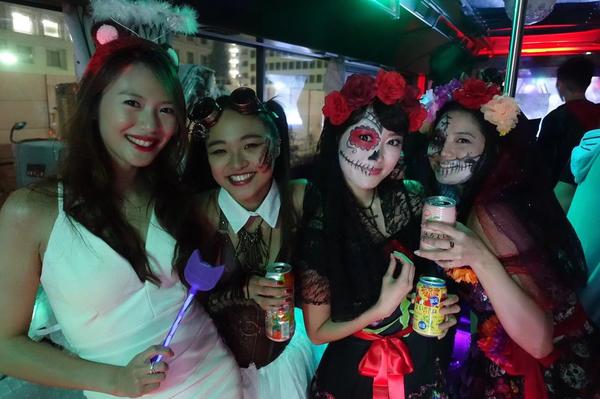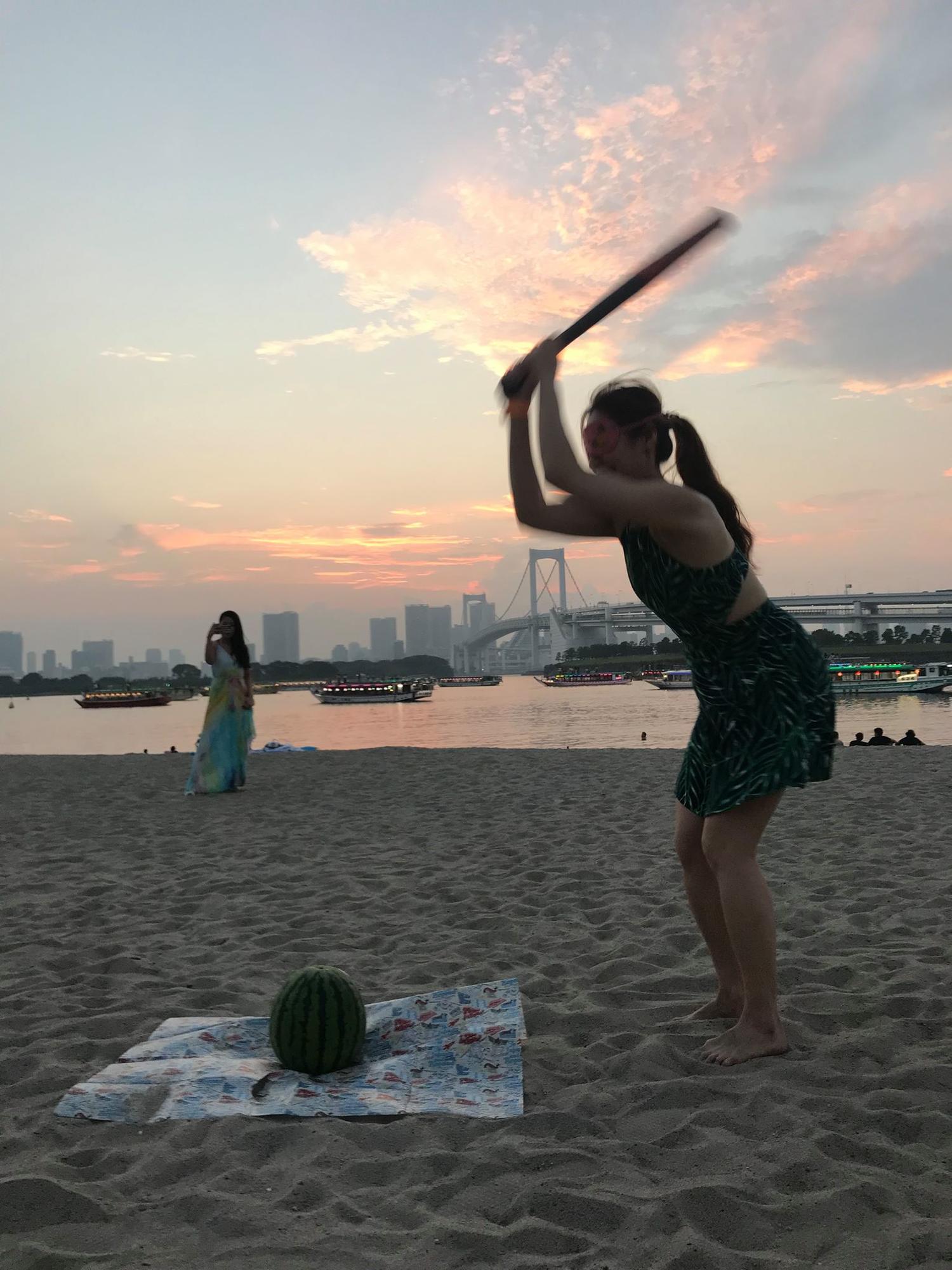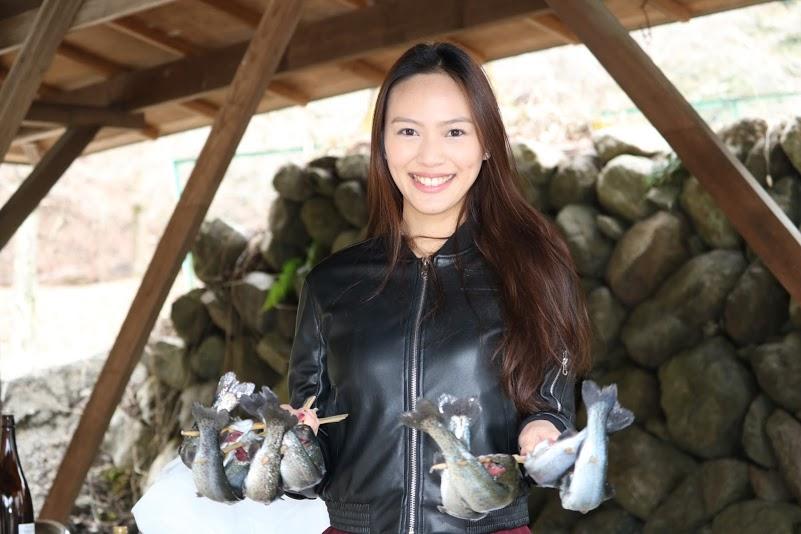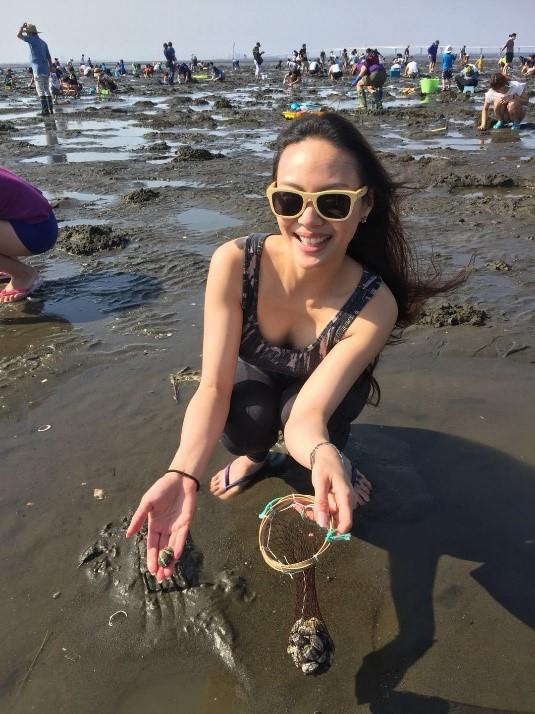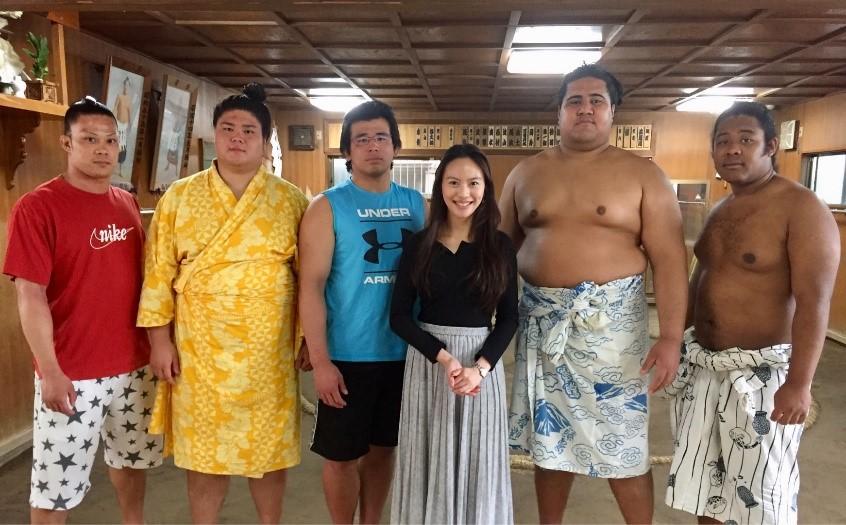Have you ever heard of Watermelon Splitting? Suika-wari (スイカ割り, literally “Watermelon Splitting”) is a traditional Japanese game that involves splitting a watermelon with a stick while blindfolded. It is often played by kids in the summertime, usually at beaches but also at picnics, festivals, and other summer events. I first heard about this game from a Japanese friend, and recently tried playing it myself on the beach at Odaiba! Read on for my experience of this game, some fun facts and a short quiz!
暑い日が続いていますね。
夏の食べ物といえばやっぱりスイカですね!日本人にとって、スイカといえばスイカ割りが定番ですよね。私は、外国人ですので、今年は初めてスイカ割について知りました。一般的に海水浴場などの砂浜で行われる日本の夏の風物詩ですね。
スイカ割りって、日本だと夏って印象ですが、海外ではないと思います。 似たような文化はメキシコで行われる「ピニャータ」ということかもしれません。とても面白そうですので、絶対やってみたいなぁと思いました。最近やっとお台場海浜公園に自分自身でやってみました!


